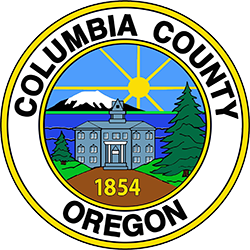2 Weeks Ready
2 Weeks Ready: It is a general rule to plan for at least two weeks after a disaster, but you should still think through your needs for up to several months or more without services. The aftermath of the earthquake and resulting tsunami in Japan is one example of how some residents had to provide for themselves for much longer, even with assistance from their local Red Cross and other disaster relief agencies. Here is some information to help you prepare for beyond the first 72 hours:
Water: The standard recommendation is storing one gallon of water per person per day. But this does not take care of all the possible water needs – washing, showering, flushing toilets, and washing dishes and clothes. Here are some sources for non-drinking water:
- Water heater tank
- Rainwater barrels
- Swimming pools
- Hot tubs
- Bath tubs – if you know that a possible power or water outage is imminent, filling your bathtub ahead of time will provide water for non-drinking needs.
Another good idea is to have a water filter that can filter out bacteria or have water purification tablets in your emergency kit. These can be found at many local outdoor or camping supply stores.
Food: Refrigerated and frozen foods will spoil within a few days if power is lost. If you do not have a camp stove or barbecue to cook on, find out who in your neighborhood does. Store extra fuel for camp stoves and barbecues if you do have them. Keep at least two to four week’s supply of non-perishable, ready-to-eat food with a high calorie content. And make sure that the foods you store are foods that you like to eat.
Power: Be prepared to be without a refrigerator/freezer, hot water, computers, stoves, and devices requiring recharging. Consider purchasing a generator and extra fuel for heating and lighting. Be careful using candles or any type of fuel-based lamp that requires ventilation.
Human Waste: Stored water can be used to flush toilets but may not be an option when the water supply is limited. Store several boxes of small and large plastic bags and carbon-based material (sawdust, leaves, grass clippings, shredded paper, toilet paper, etc.) to use as an alternative to a flushing toilet. Place a plastic bag in a 5-gallon bucket to collect waste. After using, add a handful of carbon-based material. Fill no more than half-full and double bag to store. (Toilet seats that fit a standard 5-gallon bucket can be purchased at some outdoor or camping supply stores.) Here is more information about emergency toilets.
Shelter: If your house is uninhabitable and shelter services are not available, a tent may be the next best option. Even if your home is inhabitable but not heated, a tent can be set up inside. It will retain more body heat and help you to keep warm.
Do not forget:
- Your pets! Prepare to provide for them as well as any livestock you may own.
- Entertainment! Disasters can be very stressful. Keep games, toys, and treats available to keep your family entertained and to provide some escape from the stress.

